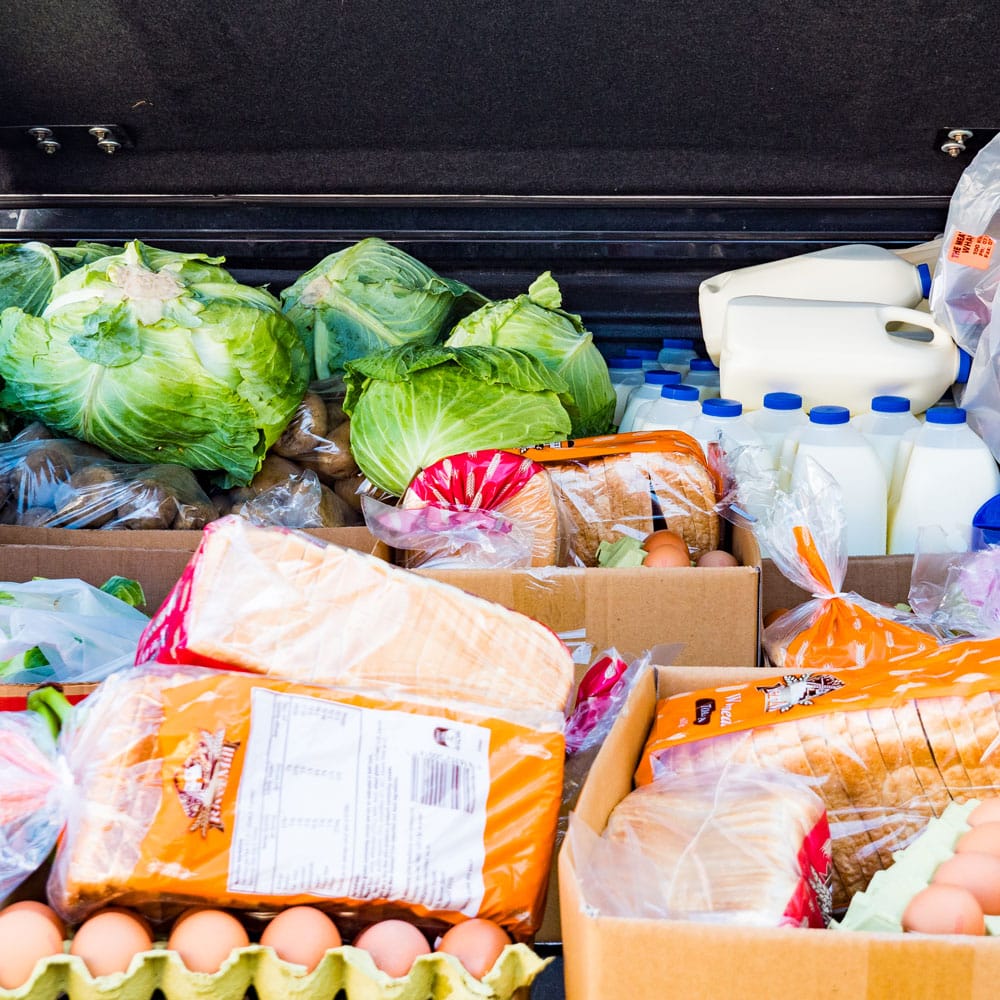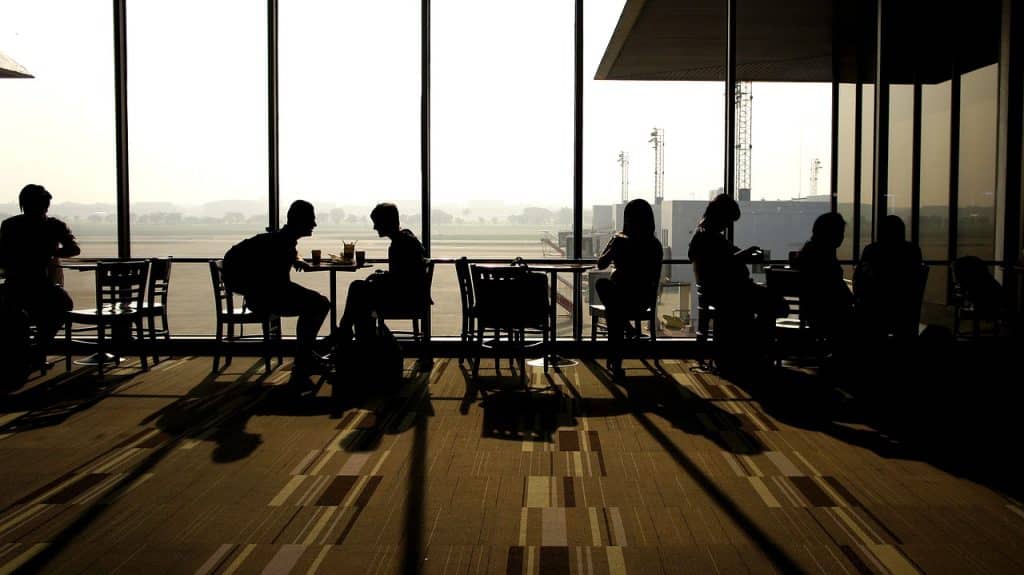Ouch, I’ve just been to the supermarket!
Yes, prices are going up. Your groceries are now costing on average 4.5% more than in December 2020. Over the same time period petrol has accelerated 30.5%, timber prices are up 5.5%, home ownership up by 15.7%, rent by 6% and you can despondently add to the list.

On the other hand, the costs of computing and telecommunications have decreased.
We are not alone. Inflation, simply defined as a general increase in prices with the resulting fall in the purchasing value of money, is at 7%, in the USA, Australia 3.5%, United Kingdom 5.4% and Canada 4.8%.
Prices reflecting our cost of living have been creeping up during 2021; 1.5% in March, climbing to 3.3% in June, 4.9% in September and 5.9% for the December quarter according to the Consumer Price Index (CPI).
So roughly, depending on your spending patterns, if you spent $100 dollars in December 2020 it would now cost you $105.90. For those on fixed incomes like retirees and those on lower wages, this surge in prices matters as they must adjust their spending priorities.
Annually, inflation has hovered around 2%. So, why is inflation at 5.9% now? The underlying reason is COVID.
The Government injected money into the economy in the form of employee and business support. Had the Government not made this money available many more businesses would have failed with resultant unemployment and a significantly slowed economy.
As a result, our economy has been very resilient, in fact it grew 17.9% in the July quarter last year though it has slowed significantly since due to the Delta outbreak.
To assist, the Reserve Bank reduced interest rates allowing banks to offer lower interest loans. Enter the increased demand for houses and the housing price spike as well as increased business investment leading to job creation.

Reciprocally, low interest rates result in very low deposit rates. Consequently, with little incentive to save, people preferred to spend their surplus funds on home improvements, cars and local travel etc.
Also factor in our increased population (144,000) due to returning citizens who need accommodation, furniture, transport and so on.
For these reasons, the quantity of money in our economy has increased.
With encouragement to spend locally and nationally, the demand for goods and services has increased, but, because there are insufficient goods and services to satisfy this demand, prices have increased to reallocate the existing products and services. These price rises have affected all of us especially those on minimum wages and fixed incomes.
Economists call this demand driven inflation. But the economy is also suffering from cost push inflation. Here, rising internal and or import costs drive up prices.
Good examples of this are oil, external, and our labour market, internal. Our petrol prices are dependent on the international price of oil which has increased significantly. The price of crude oil has risen by USD$54 a barrel over the last two years due to supply and geopolitical issues especially Ukraine and Taiwan. Then add transport costs to get the product here.
Talking of transport costs, the prices of containers shipped by air or sea have increased by more than 200% since May 2020 according to Freightos Baltic Index. This supply chain disruption is universal and so serious that President Biden took it to the G20 Summit.
With our borders closed, employers have not been able to rely on overseas labour to keep their labour costs down.

To encourage people to return to the workforce or, change jobs, businesses have been increasing remuneration especially in the lower paid positions. Obviously, this has worked as the unemployment rate is now at 3.2%, the lowest in forty years. Over 2021 wages rose 2.4%.
In reality though, with inflation at 5.9%, employees actually took a 3.5% pay cut. This imbalance of supply and demand for labour has also allowed skilled persons to change jobs for better remuneration or, negotiate better conditions of employment, more holidays or gym fees etc.
Expect wages to continue to rise over the coming year because of constrained immigration and continued inflation, and for automation to increase to take up some of difference in the supply and demand of labour.
So, how can the Government return us to price stability? Obviously if there is an increase in the money supply in the economy, then stability could be achieved by removing some of this surplus money. Unfortunately, it’s not that simple.
Governments have two main levers they can use to control inflation. Fiscal policy or taxation and monetary policy or interest rates. Unfortunately, Governments, past and present, have ruled out using taxation to move money out of the economy because of the believed neoliberal story that taxation is bad as it takes away peoples’ right to choose.
So we are left with monetary policy. Raising interest rates increases peoples and businesses mortgage/borrowing repayments and encourages personal and institutional savings, therefore choking off surplus spending power. Over time the reduced demand aligns with supply and prices stabilise. The down- side is that less funds are available to businesses, there is a lack of investment in the future, economic growth slows and innovation and employment suffer. Especially those on lower incomes. Reducing inflation therefore is a balancing act between reducing or adding money supply to maintain economic growth and full employment.
There is no quick fix. The levers take time to act. Expect the Reserve Bank to increase interest rates to 2.5% by year’s end. Expect some targeted assistance for low-income families to help them through this inflation period and a curtailment of some short-term Government spending while long term projects will be maintained.
In short, stabilising actions take time so expect inflation to slow then decline slowly back to 3% over the next 18 months.
*Statistics quoted are from Stats NZ.







